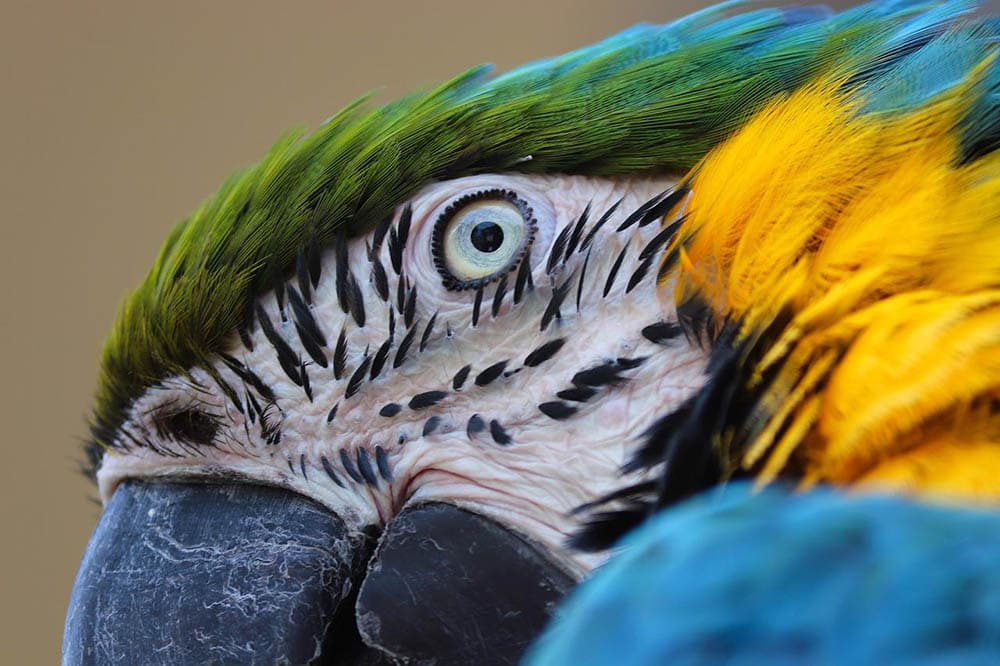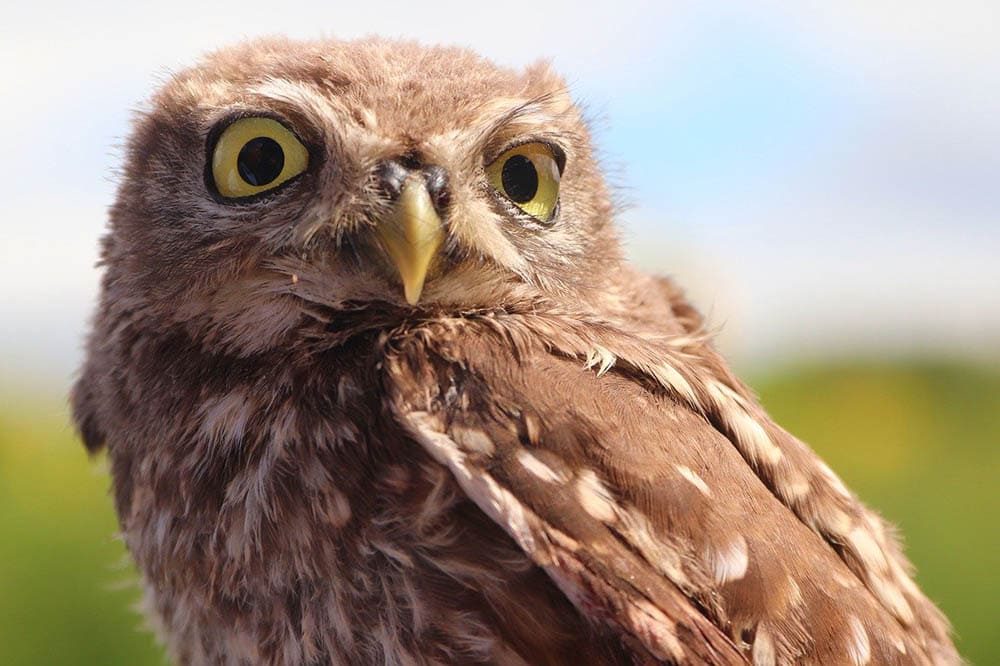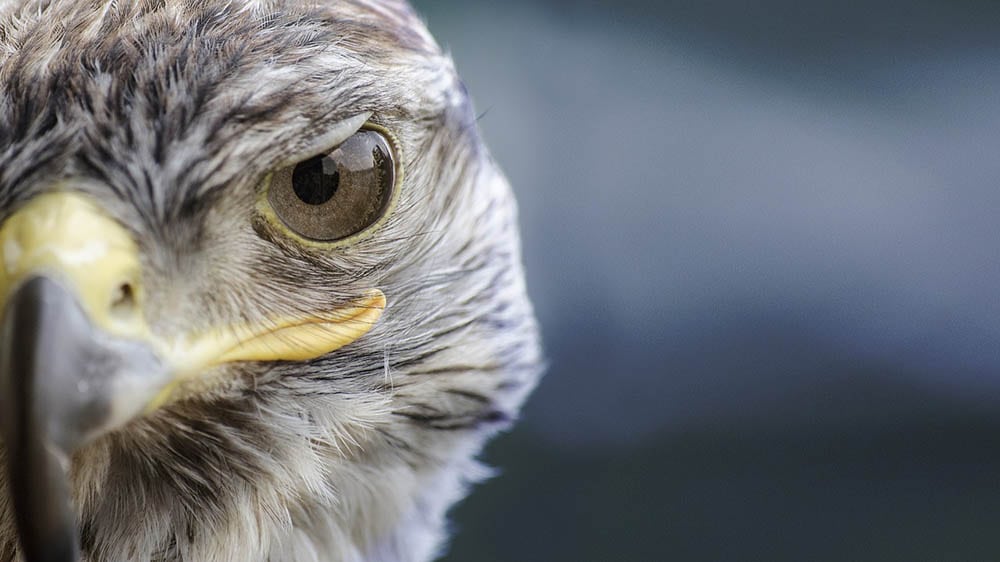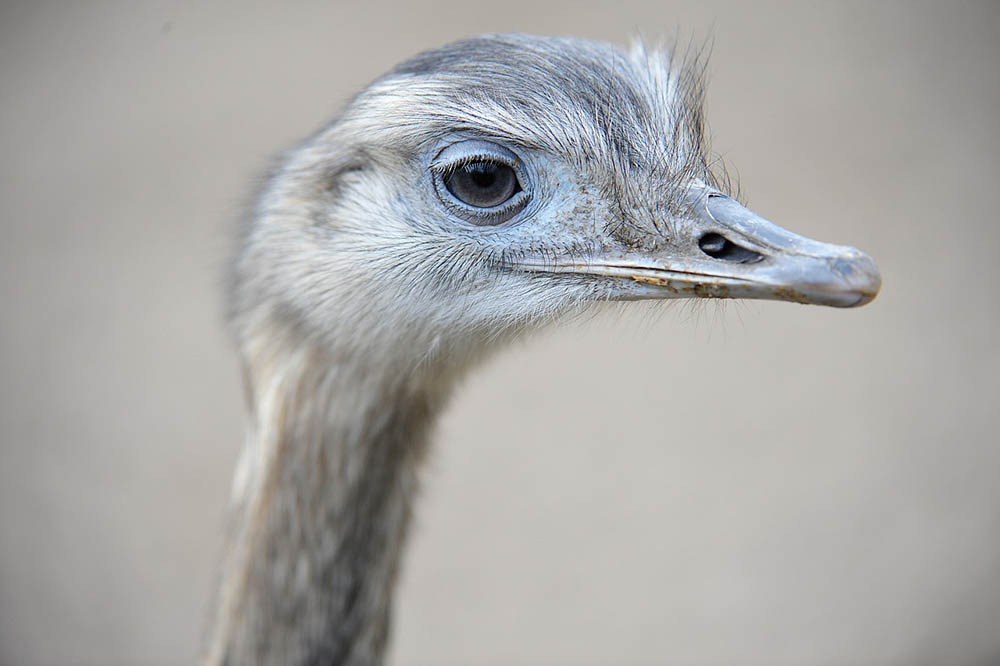Do Birds Have Eyelids? What You Need To Know!
Last Updated on

Good vision is vital in birds since they use it to spot their prey and predators. That’s why birds have upper and lower eyelids that help keep their keen eyes safe. They also have a nictating membrane, the so-called “third eyelid.”
Today, we will talk more about birds’ eyelids, their functions, and why eyes are so important for birds.

Good vision is vital for birds
Since vision is one of the most vital sensory systems for birds, it’s no wonder their eyes need to be protected with eyelids. Birds are not capable of moving their eyes, so instead, they need to move their whole head to see what’s happening around them. Most birds have keen eyes that help them find food and sense danger.
Birds have large eyes, especially compared to their small proportions, but that allows them to see a bigger image and notice more things around them. Bigger eyes contain more light receptors, which make birds’ vision better.
Birds’ eyes also allow them to see colors—even more shades than humans—which helps them notice danger from far away and find plants, berries, and other food sources. Even the slightest injury in a bird’s eye can lead to death because the bird wouldn’t be able to find food.

Why do birds have eyelids?
Birds have eyelids to protect their eyes from the conditions they’re exposed to in the wilderness. Harsh winds, dust, and other environmental circumstances could easily get into a bird’s eye if it had no eyelids. Also, many birds frequently fly and dive, so their eyes need to be protected from the wind.
What do bird eyelids look like?
Birds have lower and upper eyelids, and below the outer eyelids, they have an extra eyelid called the nictating membrane. The root of the term “nictating” is the Latin word “nictate” which means “blink.” Some other animals, such as reptiles, sharks, and certain mammals, also have this membrane.
Nictating membrane
The nictating membrane is a thin piece of skin hinged on the inner side of the eye, which horizontally sweeps across the cornea. Some nictating membranes have translucent skin, while others are more opaque.
The membrane has a window-like central area that allows birds to see even when the membrane is closed. It helps birds keep their eyes clean and moist and guards them against hazards like wind, snow, and dust. Aquatic birds have the membrane sealed while diving to protect their eyes from water.

Do all birds have eyelids?
Yes, all birds have eyelids and the nictating membrane, although it serves a different function depending on the bird species. Birds will frequently close the nictating membrane to prevent their eyes from being scratched or hurt.
Do birds blink?
Birds can blink, but blinking in birds is not really closing the upper and lower eyelids. Instead, they are only sliding the nictating membrane, which counts as blinking. It’s tough to notice birds doing this, so it might seem like they never do it, but birds do close their nictating membrane so their eyes don’t become dry and dirty.
Still, most birds typically don’t blink very often, although some birds like parrots and owls do this more frequently.
Do birds have eyelashes?
There are some bird species that have bristles coming from their eyelids, which we can call eyelashes, although they are more like modified feathers. They have protective functions and keep birds’ eyes clean while flying, funning, or searching for prey.

Do birds keep their eyes open while they sleep?
While sleeping, although they stand on their feet, birds will relax and close their eyes. It’s very rare to encounter a bird sleeping with its eyes open. Still, there is one strange habit birds have, and that is sleeping with one eye open. Half of their brain gets in sleep mode while the other half is active. This habit is a natural way for birds to rest while simultaneously looking out for predators.
Related Read: Will Touching a Baby Bird Make its Mother Abandon It?

Conclusion
As you can see, birds are truly intriguing creatures, and when it comes to eyelids, they don’t lack them. In fact, they have three eyelids that all function to help a bird see better and therefore live an easier life.
Featured Image Credit: manfredrichter, Pixabay
About the Author Visnja Radosavljevic
Visnja is a creative, adaptable content writer that covers various topics such as DIY, pets, home improvement, travel, gardening, and more. As a young mom and a college student, she didn’t have enough time to balance her personal and work life, so after multiple years of working a regular 9 to 5 job, she decided to pursue her passion and make a living out of it. She has been writing for a couple of years now, helping people to find valuable and interesting information online.
Related Articles:
Can You Use Binoculars to Look At Stars? How to Choose the Right Pair
10 Types of Hummingbirds in Arkansas (With Pictures)
8 Types of Hummingbirds in Nebraska (With Pictures)
5 Types of Hummingbirds in Idaho (With Pictures)
3 Types of Hummingbirds in Mississippi (With Pictures)
8 Types of Hummingbirds in Kansas (With Pictures)
5 Types of Hummingbirds in West Virginia (With Pictures)
5 Types of Hummingbirds in Ohio (With Pictures)
